When it comes to footwear choices, comfort and style are two factors that are often at odds with each other. However, there is a type of footwear that effortlessly combines both elements – flite slippers. These lightweight and versatile slippers have gained immense popularity for their superior comfort, durability, and style. In this comprehensive guide, we will delve into the world of flite slippers, exploring their history, materials, design variations, benefits, and much more.
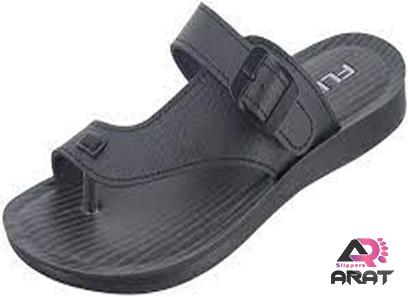
.
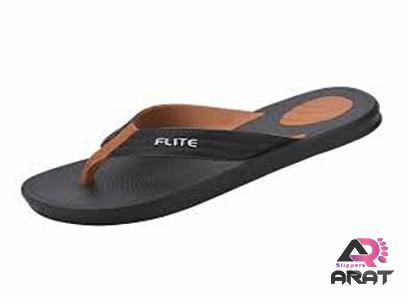 The History of Flite Slippers Flite slippers have a rich history that spans several decades. The roots of these slippers can be traced back to traditional Japanese zori sandals, which were made from rice straw or other natural fibers. Over time, the design of these slippers evolved to incorporate modern materials such as foam, rubber, and synthetic fabrics. Today, flite slippers are known for their innovative designs and advanced manufacturing techniques that ensure optimal comfort and performance. Materials Used in Flite Slippers One of the key reasons for the popularity of flite slippers is the use of high-quality materials that prioritize comfort and durability. The most common materials used in flite slippers include: EVA Foam: Ethylene-vinyl acetate (EVA) foam is a lightweight, flexible, and durable material that is commonly used in the midsole of flite slippers. EVA foam provides excellent cushioning and shock absorption, making it ideal for long periods of wear. Rubber Outsoles: The outsoles of flite slippers are typically made from rubber, which offers good grip and traction on various surfaces. Rubber outsoles are also known for their durability and resistance to wear and tear. Synthetic Fabrics: The upper straps of flite slippers are often made from synthetic fabrics such as polyester or nylon. These materials are lightweight, breathable, and quick-drying, making them ideal for summer wear.
The History of Flite Slippers Flite slippers have a rich history that spans several decades. The roots of these slippers can be traced back to traditional Japanese zori sandals, which were made from rice straw or other natural fibers. Over time, the design of these slippers evolved to incorporate modern materials such as foam, rubber, and synthetic fabrics. Today, flite slippers are known for their innovative designs and advanced manufacturing techniques that ensure optimal comfort and performance. Materials Used in Flite Slippers One of the key reasons for the popularity of flite slippers is the use of high-quality materials that prioritize comfort and durability. The most common materials used in flite slippers include: EVA Foam: Ethylene-vinyl acetate (EVA) foam is a lightweight, flexible, and durable material that is commonly used in the midsole of flite slippers. EVA foam provides excellent cushioning and shock absorption, making it ideal for long periods of wear. Rubber Outsoles: The outsoles of flite slippers are typically made from rubber, which offers good grip and traction on various surfaces. Rubber outsoles are also known for their durability and resistance to wear and tear. Synthetic Fabrics: The upper straps of flite slippers are often made from synthetic fabrics such as polyester or nylon. These materials are lightweight, breathable, and quick-drying, making them ideal for summer wear.
..
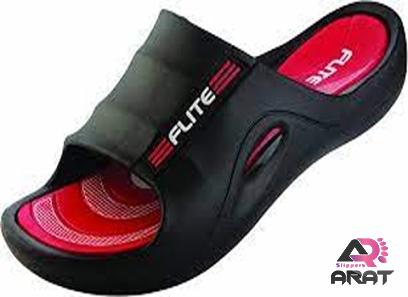 The History of Flite Slippers Flite slippers have a rich history that spans several decades. The roots of these slippers can be traced back to traditional Japanese zori sandals, which were made from rice straw or other natural fibers. Over time, the design of these slippers evolved to incorporate modern materials such as foam, rubber, and synthetic fabrics. Today, flite slippers are known for their innovative designs and advanced manufacturing techniques that ensure optimal comfort and performance. Materials Used in Flite Slippers One of the key reasons for the popularity of flite slippers is the use of high-quality materials that prioritize comfort and durability. The most common materials used in flite slippers include: EVA Foam: Ethylene-vinyl acetate (EVA) foam is a lightweight, flexible, and durable material that is commonly used in the midsole of flite slippers. EVA foam provides excellent cushioning and shock absorption, making it ideal for long periods of wear. Rubber Outsoles: The outsoles of flite slippers are typically made from rubber, which offers good grip and traction on various surfaces. Rubber outsoles are also known for their durability and resistance to wear and tear. Synthetic Fabrics: The upper straps of flite slippers are often made from synthetic fabrics such as polyester or nylon. These materials are lightweight, breathable, and quick-drying, making them ideal for summer wear.
The History of Flite Slippers Flite slippers have a rich history that spans several decades. The roots of these slippers can be traced back to traditional Japanese zori sandals, which were made from rice straw or other natural fibers. Over time, the design of these slippers evolved to incorporate modern materials such as foam, rubber, and synthetic fabrics. Today, flite slippers are known for their innovative designs and advanced manufacturing techniques that ensure optimal comfort and performance. Materials Used in Flite Slippers One of the key reasons for the popularity of flite slippers is the use of high-quality materials that prioritize comfort and durability. The most common materials used in flite slippers include: EVA Foam: Ethylene-vinyl acetate (EVA) foam is a lightweight, flexible, and durable material that is commonly used in the midsole of flite slippers. EVA foam provides excellent cushioning and shock absorption, making it ideal for long periods of wear. Rubber Outsoles: The outsoles of flite slippers are typically made from rubber, which offers good grip and traction on various surfaces. Rubber outsoles are also known for their durability and resistance to wear and tear. Synthetic Fabrics: The upper straps of flite slippers are often made from synthetic fabrics such as polyester or nylon. These materials are lightweight, breathable, and quick-drying, making them ideal for summer wear.
…
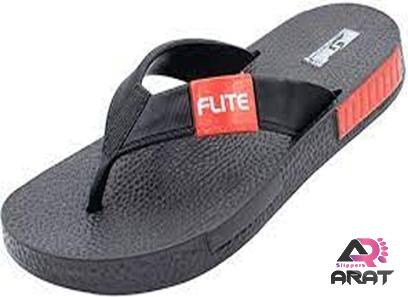 The History of Flite Slippers Flite slippers have a rich history that spans several decades. The roots of these slippers can be traced back to traditional Japanese zori sandals, which were made from rice straw or other natural fibers. Over time, the design of these slippers evolved to incorporate modern materials such as foam, rubber, and synthetic fabrics. Today, flite slippers are known for their innovative designs and advanced manufacturing techniques that ensure optimal comfort and performance. Materials Used in Flite Slippers One of the key reasons for the popularity of flite slippers is the use of high-quality materials that prioritize comfort and durability. The most common materials used in flite slippers include: EVA Foam: Ethylene-vinyl acetate (EVA) foam is a lightweight, flexible, and durable material that is commonly used in the midsole of flite slippers. EVA foam provides excellent cushioning and shock absorption, making it ideal for long periods of wear. Rubber Outsoles: The outsoles of flite slippers are typically made from rubber, which offers good grip and traction on various surfaces. Rubber outsoles are also known for their durability and resistance to wear and tear. Synthetic Fabrics: The upper straps of flite slippers are often made from synthetic fabrics such as polyester or nylon. These materials are lightweight, breathable, and quick-drying, making them ideal for summer wear.
The History of Flite Slippers Flite slippers have a rich history that spans several decades. The roots of these slippers can be traced back to traditional Japanese zori sandals, which were made from rice straw or other natural fibers. Over time, the design of these slippers evolved to incorporate modern materials such as foam, rubber, and synthetic fabrics. Today, flite slippers are known for their innovative designs and advanced manufacturing techniques that ensure optimal comfort and performance. Materials Used in Flite Slippers One of the key reasons for the popularity of flite slippers is the use of high-quality materials that prioritize comfort and durability. The most common materials used in flite slippers include: EVA Foam: Ethylene-vinyl acetate (EVA) foam is a lightweight, flexible, and durable material that is commonly used in the midsole of flite slippers. EVA foam provides excellent cushioning and shock absorption, making it ideal for long periods of wear. Rubber Outsoles: The outsoles of flite slippers are typically made from rubber, which offers good grip and traction on various surfaces. Rubber outsoles are also known for their durability and resistance to wear and tear. Synthetic Fabrics: The upper straps of flite slippers are often made from synthetic fabrics such as polyester or nylon. These materials are lightweight, breathable, and quick-drying, making them ideal for summer wear.
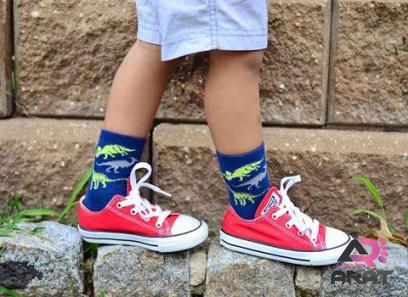
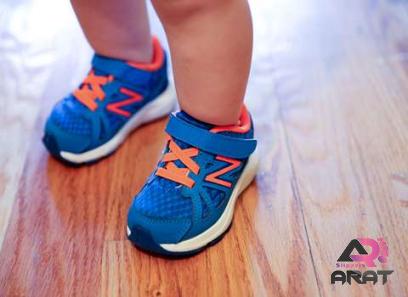
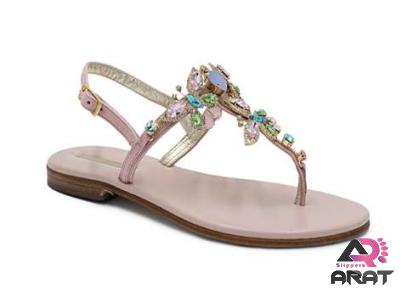
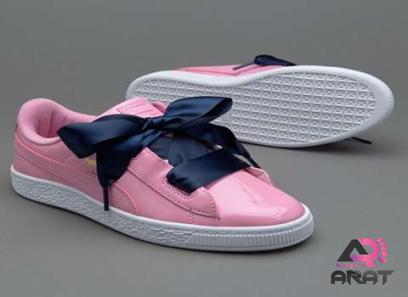
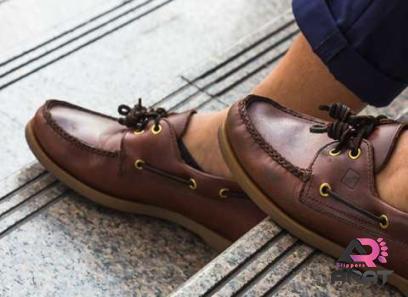
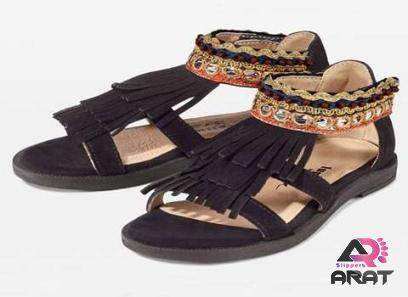
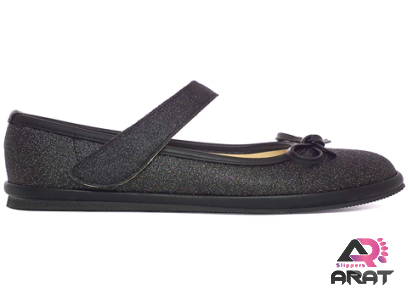
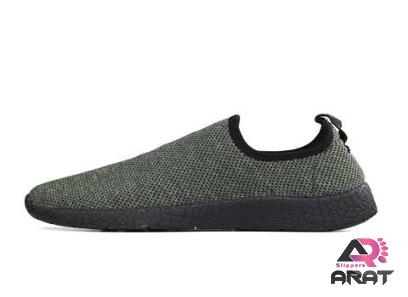
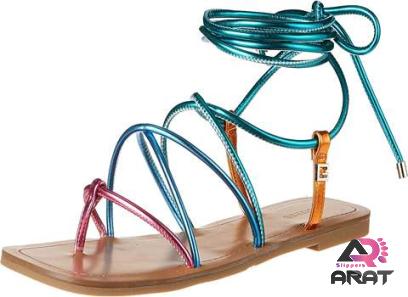
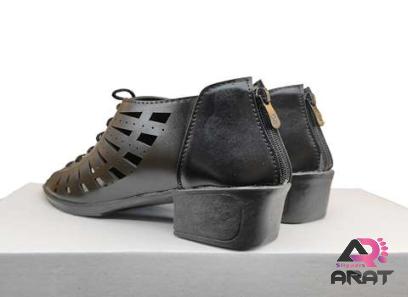
Your comment submitted.